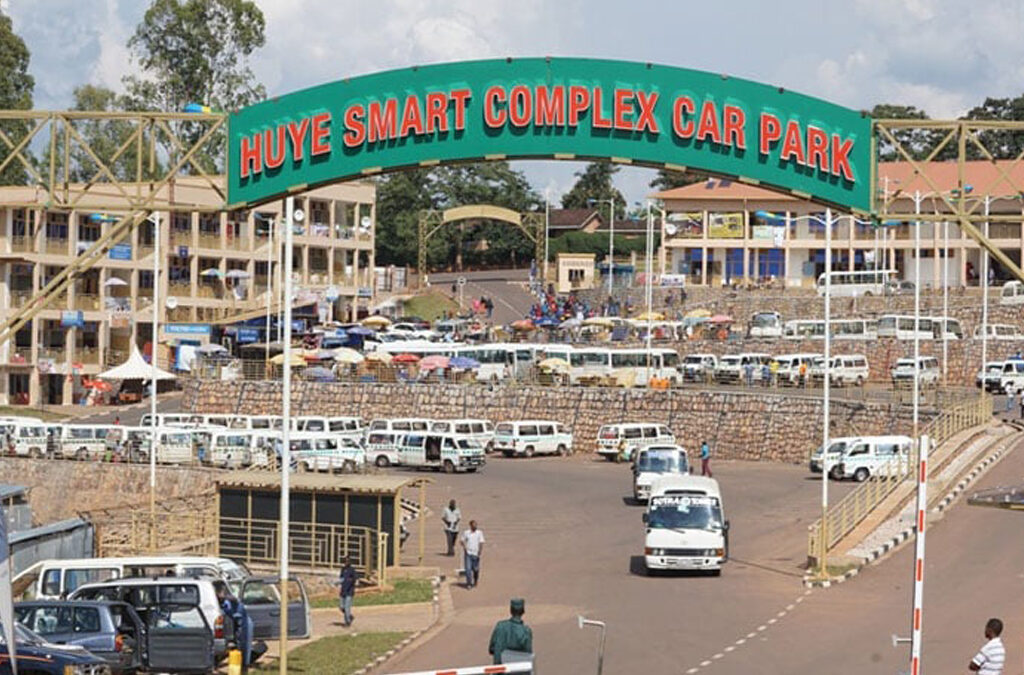- GET IN TOUCH WITH US:
- +256 753518160
- +256 777842166
- info@experiyatourcompany.com

Boat Trips in Akagera National Park
September 27, 2025
Exploring the Natural Beauty of Lake Kivu, Rwanda
September 27, 2025Visit Huye: A Historical and Cultural Site in Rwanda

The pleasant business town of Huye, formerly known as Butare, is one of Rwanda’s most important historical and cultural centers. Originally called Butare, the town was renamed in 1935 after Mount Huye, which rises to 2,278 meters about 10 kilometers west of town.
Located near the northern border with Burundi, Huye is often referred to as Rwanda’s intellectual capital. It is here that the country’s first secondary school opened in 1928. Since 1963, the town has also hosted some of Rwanda’s leading universities, making it a hub of education and culture.
Historical Background
During the colonial era, Huye served as the administrative center of the northern half of Ruanda-Urundi. At that time, it became popular with Belgian settlers and grew to be the second-largest town in the joint territory after Bujumbura, the capital of Burundi.
When Rwanda gained independence, Huye was considered a strong candidate to become the capital. However, Kigali was eventually chosen for its more central location. Despite this, Huye remains a peaceful, compact, and vibrant town—today the fourth largest in Rwanda.
How to Get to Huye
By Road
Huye lies about 136 km south of Kigali, a journey of approximately two hours by car. Travelers can choose between self-drive and public transport.
For those who prefer driving, the road is smooth and serviced by several fuel stations such as Kobil, Engen, and Mt Meru. Petrol costs around Rfr 1,574 per liter, while diesel is about Rfr 1,576. Public transport is also available, with regular minibuses operating between Kigali and Huye at a fare of Rfr 2,500. From Nyanza, the fare is Rfr 600, while there are also direct minibuses from Rusizi (Cyangugu) and Muhanga (Gitarama).
When leaving Huye, most minibuses depart from the bus station opposite the stadium, about 500 meters north of the town center. The Volcano Express offers regular services, with departures near the Kobil filling station on the main road.
What to See in Huye
The National Museum of Rwanda
History
The National Museum of Rwanda is Huye’s crown jewel. Established in 1989, it was created to preserve the nation’s rich cultural heritage and showcase Rwanda’s history to both locals and international visitors. The museum plays a vital role in educating people about Rwanda’s traditions, struggles, and resilience, particularly in the wake of the 1994 genocide.
Location
The museum is located in Huye, about 135 km (84 miles) south of Kigali, making it easily accessible by road. Its position within Rwanda’s “intellectual center” underscores the town’s role as a hub of learning and culture.
Exhibits and Collections
Visitors to the museum can explore displays of ancient tools, pottery, and remnants of early human settlements, which provide insight into Rwanda’s earliest societies. The ethnographic collection showcases traditional clothing, art, rituals, and practices of Rwanda’s Hutu, Tutsi, and Twa communities, offering a glimpse into the country’s social structures and customs.
Other exhibits shed light on Rwanda’s colonial past under German and Belgian rule, its struggle for independence in the 1960s, and the painful yet powerful history of the 1994 genocide, highlighting the nation’s resilience and reconstruction. The museum also emphasizes Rwanda’s artistic heritage with woven baskets known as agaseke, wood carvings, and traditional crafts that have been passed down through generations.
There are also exhibits on Rwanda’s rich biodiversity, including the endangered mountain gorillas, as well as displays on music and dance that showcase traditional instruments such as the ingoma drums and stringed instruments. These highlight the importance of music and dance in ceremonies and celebrations. The museum further reflects on the country’s unity and reconciliation efforts, presenting Rwanda’s journey toward peace and national reconstruction. Its gardens provide a peaceful setting, ideal for reflection after the visit.
Other Attractions in Huye
Beyond the museum, visitors can tour the University of Rwanda, one of the country’s most prestigious institutions. The Roman Catholic Cathedral, built in 1930 in memory of Belgium’s Princess Astrid, is the largest in Rwanda and a must-see landmark. The Huye Tannery, founded by a Benedictine monk, allows visitors to watch artisans at work as they mold, polish, and finish leather products that are sold both locally and in Kigali.
Nature lovers will enjoy the fertile slopes of Mount Huye, located west of the town. The hills are covered with lush vegetation and coffee plantations, making this one of Rwanda’s most scenic coffee-growing regions.
Where to Stay in Huye
Centre d’Accueil Mater Boni Consilii
Owned by the Abiszemariya Sisters, this hotel uses its profits to support orphans, the handicapped, and marginalized communities. It is located just a ten-minute walk from the bus station and about twenty minutes from the town center. The hotel has en-suite rooms with hot showers and DSTV, a restaurant, high-speed Wi-Fi, conference facilities, and a chapel. Prices are Rfr 30,000 for single rooms and Rfr 50,000 to 60,000 for doubles, breakfast included.
Credo Hotel
This mid-range hotel sits 500 meters from the town center along the road to the university. It is the only hotel in Huye with a swimming pool. Rooms are en-suite, equipped with TVs, phones, and balconies, and offer peaceful views of the surrounding fields. The hotel also features a restaurant and an outdoor poolside dining area. Rates range from Rfr 20,000 to 40,000 for single rooms and Rfr 25,000 to 45,000 for doubles, with breakfast included.
Conclusion
Huye is much more than a town—it is a living museum of Rwanda’s history, culture, and resilience. From its prestigious universities to the National Museum of Rwanda, its colonial-era heritage, and its coffee-clad hillsides, Huye offers travelers a unique blend of education, reflection, and natural beauty. Whether you are a history enthusiast, culture lover, or simply seeking a quiet retreat, Huye is an essential stop on your Rwandan journey.
